
views

Establish that foul play has occurred. Look for signs that the deceased was murdered, like evidence of a struggle, signs of forced entry, wounds caused by a weapon, unusual body positioning, and/or items suspiciously missing from the scene. All of these things point to foul play rather than an accidental or natural death.
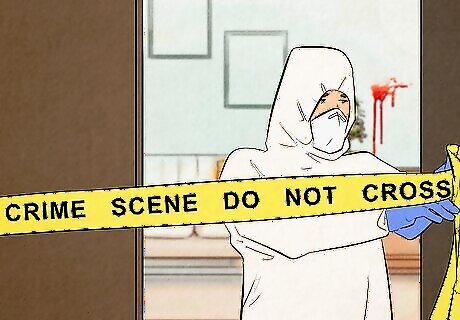
Protect the crime scene from being disturbed. Create a perimeter around the scene with tape or a barricade to limit access. Allow only essential personnel onto the scene while you investigate by establishing a single entrance and exit point that's manned by someone who can document anyone coming and going.
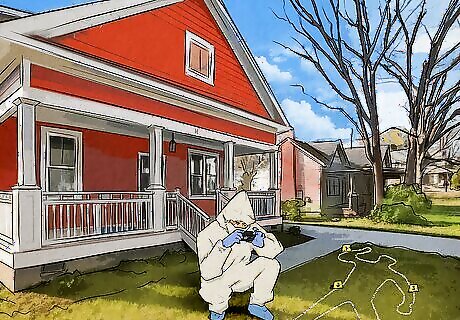
Investigate the scene. Take photographs of the crime scene. Collect important evidence, like fingerprints, footprints, hairs, clothing fibers, blood, and other body fluids. Make sure to carefully record each piece of evidence you collect.

Interview any witnesses. Try to conduct witness interviews as soon as possible so you’re more likely to collect helpful information. Conduct interviews in a calm, distraction-free location, and make sure you have a notepad or tape recorder on hand. Ask the witness to walk you through what they saw. Avoid interrupting them, and ask follow-up questions as needed.

Analyze the evidence you’ve gathered. Use the evidence to paint a picture of what may have happened at the time of the murder. Compare witness testimonies to the physical evidence. Analyze DNA evidence, like hair, blood, or other body fluids, to see if there’s a match.
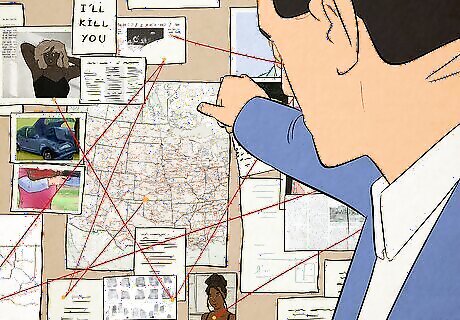
Consider possible motives. To help you narrow down who may have committed the murder, think of potential reasons someone would want the deceased dead. Common motives for murder include jealousy, greed, and revenge. Look into the victim’s relationships and social circle to see if anyone could have a motive for killing them.

Identify the suspects. Create a list of anyone you suspect of committing the murder so you can follow up with them. Once you’ve narrowed down your suspects, you’re ready to start interrogations.
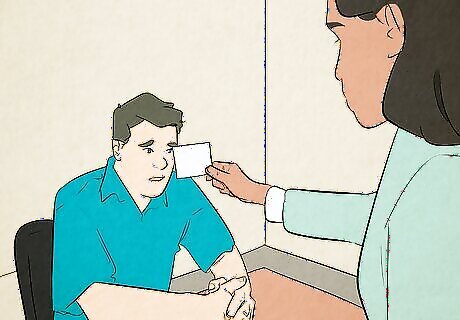
Interrogate your suspects. Bring in each suspect for an interrogation. Ask them questions like where they were at the time the crime was committed, what their relationship to the victim was, and whether or not they committed the crime.
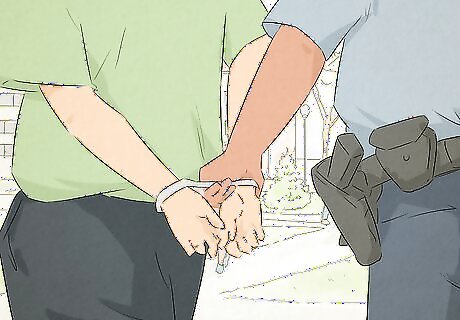
Arrest the murderer. Once the evidence, witness testimonies, and suspect interviews conclusively point to the person responsible for the murder, it’s time to make an arrest. Issue an arrest warrant for the individual and bring them in to be booked and charged.
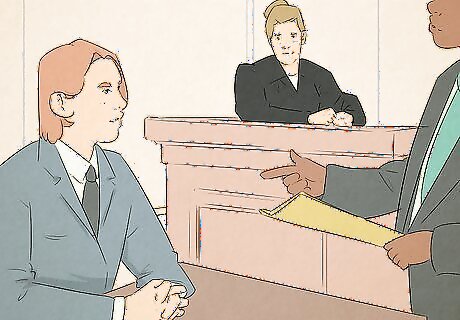
Prepare for trial. At this point, it’s up to the court system to finalize the case. The alleged murderer will go to trial, where the evidence you've collected will be presented to a jury.











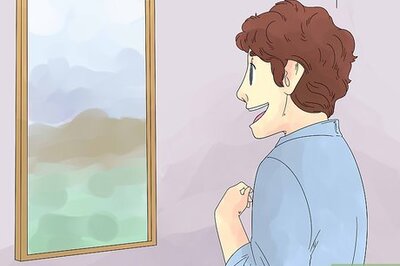







Comments
0 comment